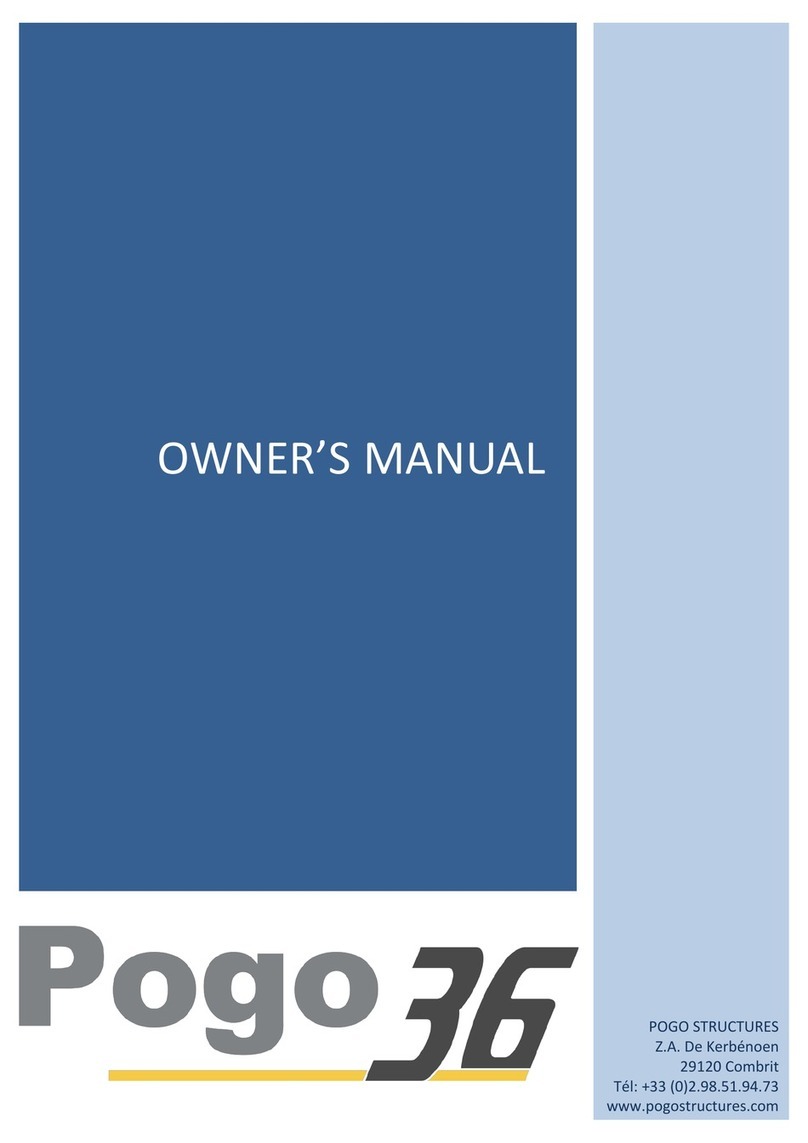4
Description of the design categories:
A. - A category A pleasure boat s des gned regarded as for w nds who can exceed ng 8 force
(Beaufort scale) and make waves who exceed s gn f cant he ght of 4m. But exclud ng the great
cond t ons such as storms, v olent storms, tornadoes and extremes sea cond t ons or huge waves.
B. - A category B pleasure boat s des gned regarded as for w nds may reach 8 Beaufort ncluded and
waves wh ch can have a he ght of 4 meters ncluded.
C. - A boat of des gn category C s des gned regarded as for w nds may reach 6 Beaufort ncluded and
waves wh ch can have a he ght of 2 meters ncluded.
D. - A boat des gn category D s des gned regarded as for w nds may reach 4 Beaufort ncluded and
waves wh ch can have a he ght of 0,3 meters ncluded. W th, occas onal, waves of max mum he ght
of 0.5 meters.
The boats of each des gn category shall be des gned and constructed to res st to the sett ngs
concern ng the stab l ty, buoyancy, and other essent al techn cal requ rements, conta ned n the
off c al document (decree n° 2016-763 / 09-06-2016) and to have good manoeuvrab l ty
character st cs.
3. Security
For secur ty purpose, the use of a harness s h ghly recommended. To do so, some fold ng padeyes
(2400kg res stance) are d sposed n the cockp t as well as two l fel nes runn ng on the deck on port
and starboard. We rem nd you that l fe-l nes are mandatory.
Do not forget that wear ng a l fejacket can save your l fe.
Regularly check the ntegr ty of your l fel nes and that of the guard l nes and all attachment parts.
Part cular care must be taken regard ng the rope attachment of the guard l nes to the balcon es. It
must be able to support 1500 kg or above (for example, 8 turns of 200kg l nes).




























